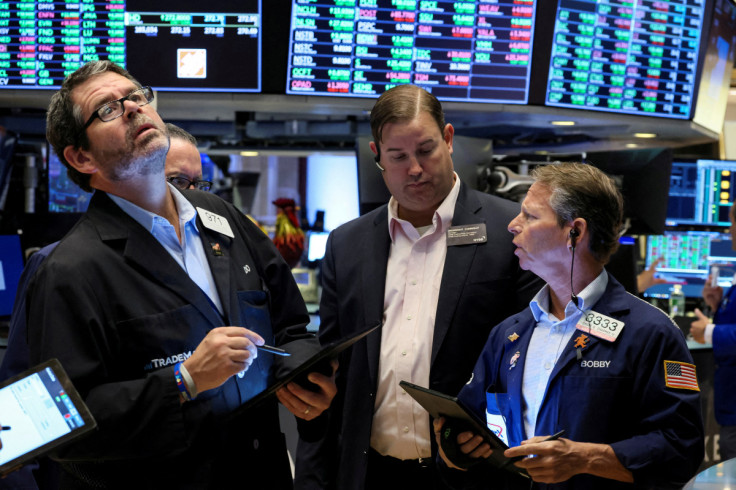Analysis-Hopes Of Elusive Fed Pivot Drive Markets Higher Once Again

Investors suffering through a bruising year for markets are hoping that recent signs of wobbling economic growth will force the Federal Reserve and other global central banks to take their foot off the gas in the fight against inflation, sparking sharp rebounds in stocks and bonds.
The S&P 500 is up 5% over the last two days, following a brutal September in which it fell 9.3% alongside declines in other global equity benchmarks. Yields on U.S. Treasuries, which move inversely to prices, have plummeted by nearly 35 basis points in October from multi-year highs hit last month.
The moves come as investors reprice expectations of how high the Fed will raise rates in its battle to crush inflation amid recent signs that growth in the U.S. may finally be slowing. Investors in the futures markets now expect the fed fund rate to peak at 4.5% next year, compared to the expected peak of about 4.7% they were pricing in last week.
"The markets are sniffing out a blink by the Fed," said Jim Paulsen, chief investment strategist at the Leuthold Group. "If they pause here, not only does the rate pressure suddenly drop but maybe you end up with a mid-cycle slowdown, rather than a recession."
Markets have rallied on the hopes of a Fed pivot several times this year only to reverse and crumble to fresh lows, making investors wary of the current bounce. This time around, a series of weaker-than-expected data on manufacturing and job openings in the United States are among the factors fueling hopes that weakening growth will push the Fed to slow its market-punishing rate hikes.
Some investors have also taken Tuesday's smaller-than-expected rate increase from Australia's central bank and a decision by the UK's new government to scrap planned tax cuts as signs that governments and monetary authorities are being increasingly responsive to signs of weakening growth and market instability.
Others, however, are skeptical of the moves. Mark Haefele, chief investment officer at UBS Global Wealth Management, attributed the stock rebound to "oversold" conditions in the S&P 500, exacerbated by month-end rebalancing by money managers at the end of September that drove stocks lower.
"With sentiment toward equities already very weak, periodic rebounds are to be expected. But markets are likely to stay volatile in the near term, driven primarily by expectations around inflation and policy rates," he wrote in a Tuesday report.
Analysts at BofA Global Research on Tuesday pointed out that retail traders have shown few signs of capitulation, one signal they say would represent a potential market bottom. Meanwhile, the Cboe Volatility Index, known as Wall Street's fear gauge, has not climbed to levels that have marked past turning points in past sell-offs.
"It's not clear to me that you've seen panic yet," said Ashwin Alankar, head of Global Asset Allocation at Janus Henderson Investors. "Until you see panic it's not the best time to start adding risk to a portfolio at a rapid clip."
The signs of softening in the labor market shown by JOLTS data, meanwhile, may not be enough for the Fed to feel comfortable pausing in its pace of rate hikes, analysts at Capital Economics wrote on Tuesday.
While the data "won't prevent further aggressive interest rate hikes in the near term ... it supports our view that inflation will drop back more quickly than Fed officials expect," they wrote.
© Copyright Thomson Reuters 2024. All rights reserved.



















